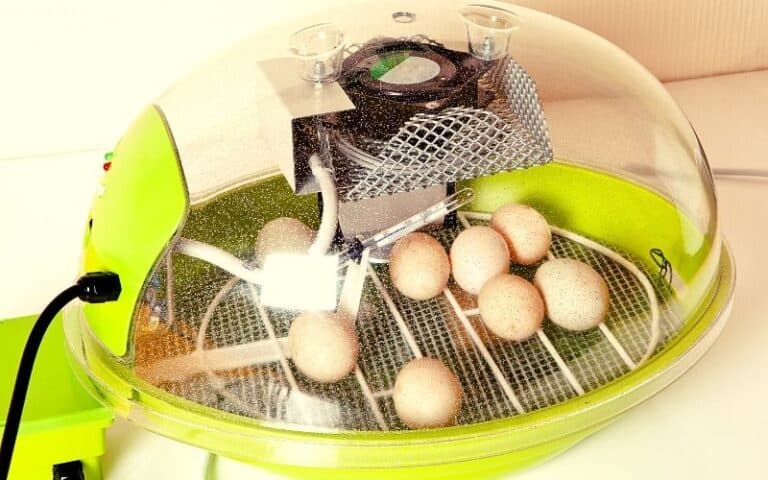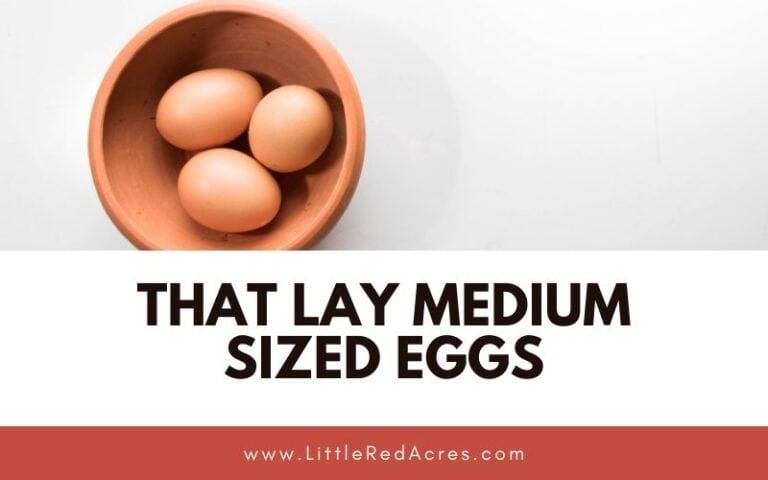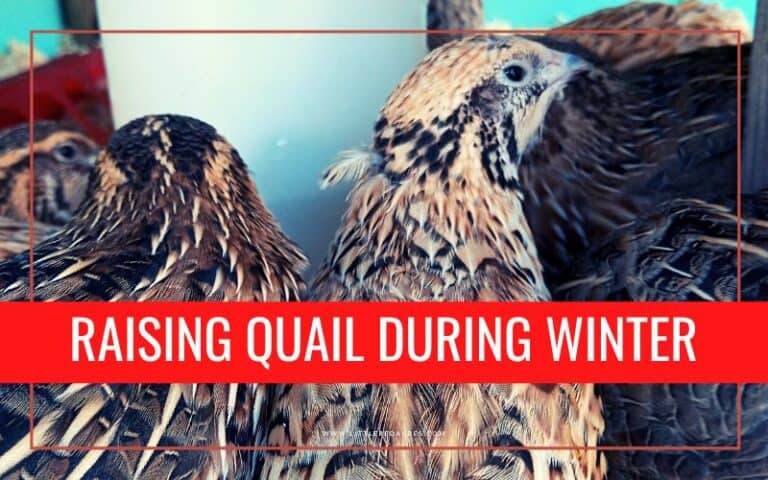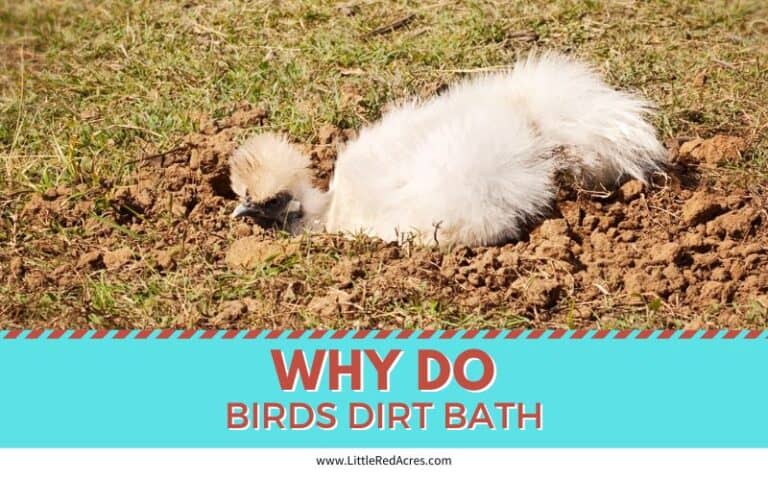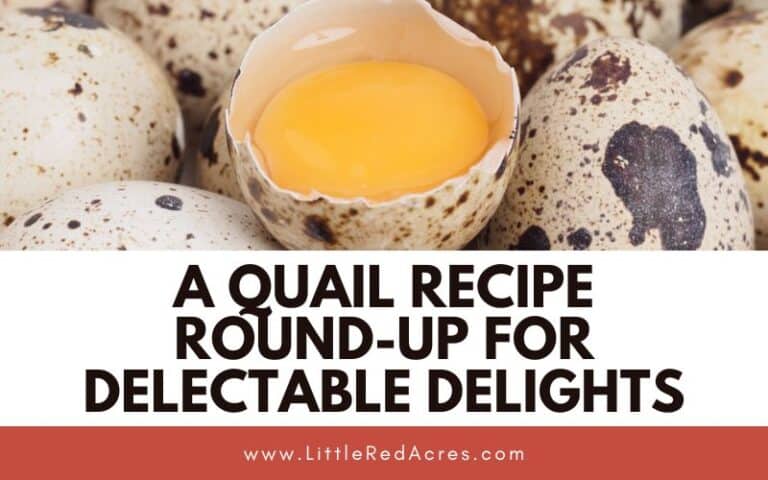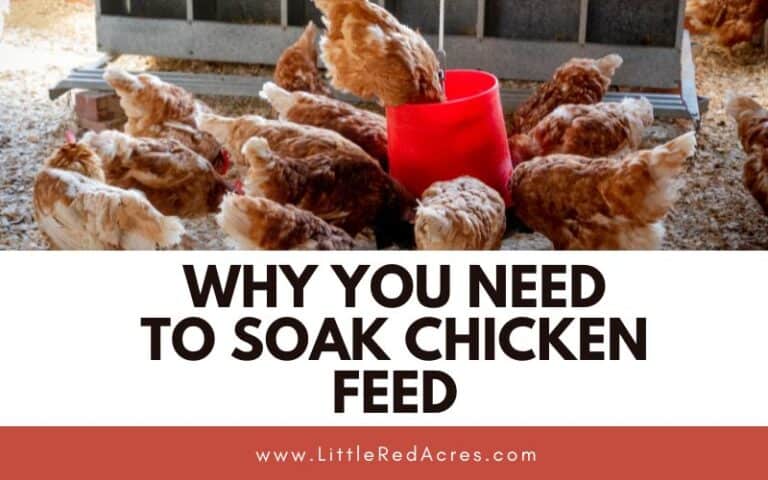Using Quail Eggs
Inside: The possible ways of using quail eggs are endless. They are just as great as chicken eggs make something delicious with quail eggs instead.
Are you wondering how in the world you go about using quail eggs? They are small. Between 10-14g. Whether you bought them as something new to try or are a seasoned quail egg lover, there are some basic guidelines for using them in your meals.
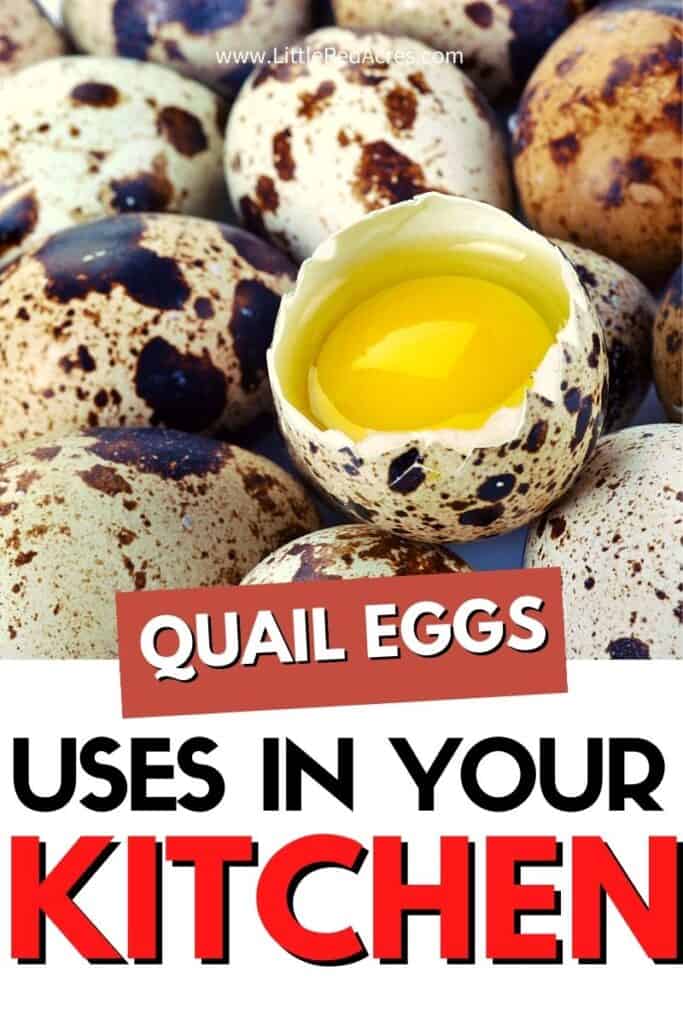
This post may contain affiliate links, see my disclosure policy for more information.
Using Quail Eggs
If you haven’t heard yet, quail eggs are just as great as chicken eggs and can be substituted any time a recipe calls for chicken eggs.
Due to their smaller size, quail eggs have a lower white-to-yolk ratio. With more yolk to savor, your dishes will get a creamier, richer taste. They’ll also be more nutritious.
Get updates & freebies delivered to your inbox!
Remember that any time you use quail eggs as an alternative ingredient to regular eggs, you should use three to four of them instead of one standard chicken egg.

Cracking raw quail eggs can be difficult. Using a sharp serrated knife or special quail egg scissors is the easiest way to crack an egg.
Quail eggs are such a flexible ingredient that you can use them in a variety of ways — nearly every day!
Replace your chicken eggs with quail eggs.
For any recipe that calls for chicken eggs, you can use quail eggs whether you are baking, scrambling them, or frying them.
Jumbo Coturinx quail eggs weigh 12-14g. Large chicken eggs weigh 2oz. That means you need at about 4 quail eggs. Not all eggs weigh the same, a kitchen scale comes in handy here.
Boiling Quail Eggs
Boiling them only takes about 3 minutes instead of 12 for a large egg.
They should crack and peel easily and be ready for any number of fun recipes. I find my super fresh quail eggs peel better than any egg ever could. You can also buy quail egg peelers. And while I find they peel really easy, after about a dozen it does get old, and a little hard on the hands.
One-bite deviled eggs or pickled quail eggs are among the top choices!
If you have never tried a pickled egg, you should give it a go. It seems like pickled quail eggs could be a perfect way to start!
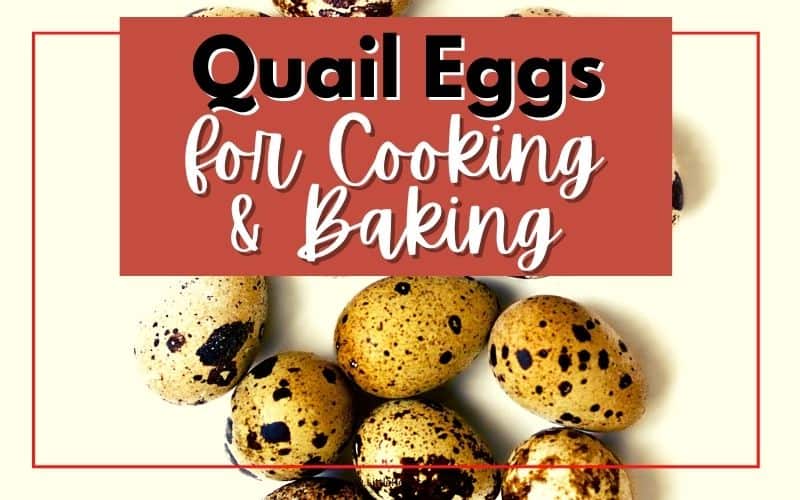
Quail Eggs Nutrition
For their size, quail eggs have large yolks and because many of the nutrients in eggs are found in the yolk, some people claim that these eggs are more nutrient-dense than chicken eggs. Meaning they contain more nutrients when compared by weight.
They have 2% more protein than chickens and higher levels of vitamins and nutrients.
Learn more about the health benefits of quail eggs.

Tips for Using Quail Eggs
- Get quail egg scissors
- Weigh your eggs
- Get a peeler
- If you are selling them: buy quail egg cartons because they just don't fit safely in regular egg cartons
Just like chicken eggs, you can water glass quail eggs to have when they might slow down during the winter months.
Besides being super cute little eggs with spots, they are delicious. They are a great addition to your homestead as they require very little space, and honestly, not a whole lot of care in comparison to other animals. And quail lay 300 eggs a year!
300 eggs a year is a lot of eggs but there are so many things that you can do with them. The possibilities are endless, from recipes for yourself to feeding them to your dogs, to selling them.
Frequently Asked Questions
What's the best way to eat quail eggs? If you want to eat them like a regular fried egg, crack three or four into a cup, tip into the pan and they're ready in less than a minute. Less than 3 minutes to boil quail eggs.
How long will quail eggs last in the refrigerator? Around six weeks, washed. Longer if you leave them unwashed.
Do you wash quail eggs? Yes, you can wash your eggs before you consume them, this can get rid of the soil on the shell. Rinse and dry them afterward, but be gentle, their shells can be more fragile than regular chicken eggs.

Want More?
How To on Raising Healthy Quail

